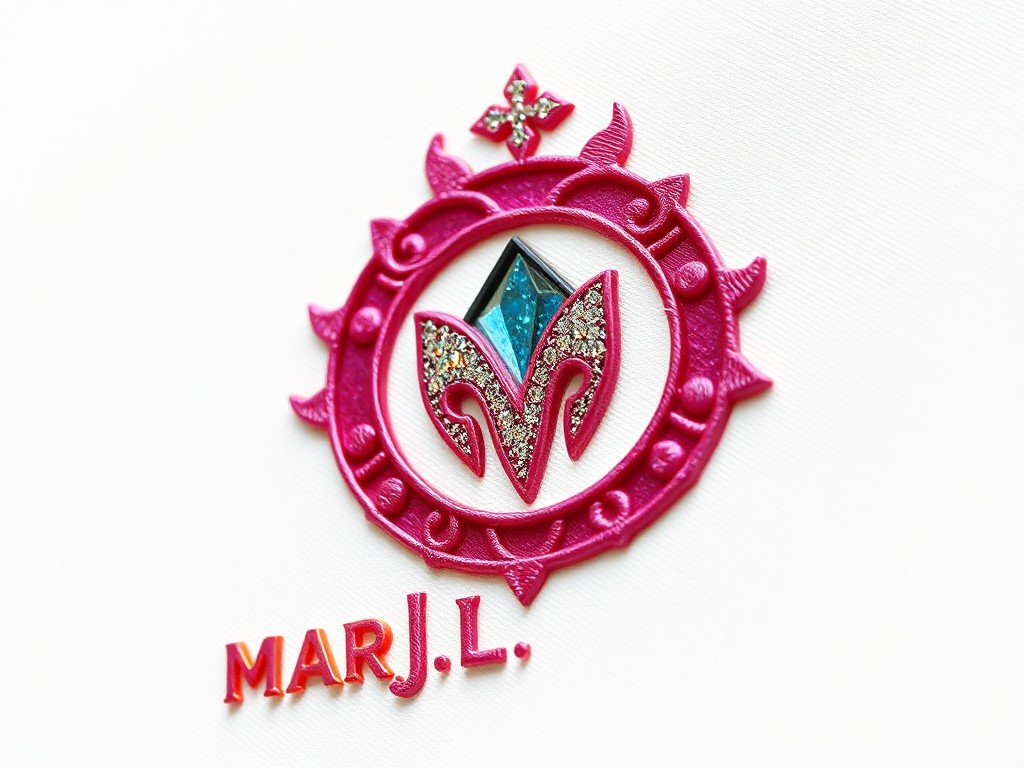Installing a Dual-Clutch Transmission in Your Volkswagen Golf GTI: A Step-by-Step Guide
Understanding Dual-Clutch Transmissions (DCTs)
Before we dive into the installation process, it’s crucial to understand what a Dual-Clutch Transmission (DCT) is and how it works. A DCT is a type of multi-speed transmission system that uses two separate clutches for odd and even gear sets. This design, similar to two separate manual transmissions contained within one housing, allows for rapid gear shifts without interrupting the torque supply to the wheels[4].
In the context of your Volkswagen Golf GTI, the DCT, often referred to as the DSG (Direct Shift Gearbox) in Volkswagen terminology, offers seamless and efficient gear changes, enhancing both performance and fuel economy.
Have you seen this : The Ultimate Guide to Installing a Remote Start System in Your Chevrolet Silverado for Maximum Convenience
Preparing Your Vehicle
Gathering Necessary Tools and Parts
Before starting the installation, ensure you have all the necessary tools and parts. Here is a detailed list of what you will need:
- Transmission Unit: The DSG transmission specifically designed for your Volkswagen Golf GTI.
- Clutch Packs: Either “wet” or “dry” clutches, depending on your engine’s torque load.
- Bolts and Bracket Bolts: High-quality bolts (at least 12.9 grade) for securing the transmission and other components.
- Goupilles de Guidage: Guide pins to center the pressure plate and avoid vibrations.
- Vis and Boulons: Quality vis and boulons for mounting the flywheel and pressure plate.
- Specialized Tools: Such as a transmission jack, flywheel puller, and clutch alignment tool.
Preparing the Engine Bay
To install the DCT, you need to access the engine bay thoroughly. Here are some steps to prepare:
Also read : Transform Your Ford Ranger”s Braking Power: The Impact of Upgrading Brake Lines
- Remove Air Intake and Other Obstructions: Take out the air intake system and any other components that might obstruct access to the transmission area.
- Disconnect Battery: Ensure the battery is disconnected to avoid any accidental starts or electrical shocks.
- Raise the Car: Use a car lift or jack stands to raise the car, providing clear access to the underside where the transmission is located.
Removing the Old Transmission
Disconnecting the Drivetrain
To remove the old transmission, you need to disconnect it from the drivetrain. Here’s how:
- Remove Bolts and Bracket Bolts: Start by removing the bolts that connect the transmission to the engine and the bracket bolts that secure it to the car’s chassis.
- Disconnect the Exhaust System: You may need to remove parts of the exhaust system to access the transmission fully.
- Remove the Crossmember: The crossmember may need to be removed or lowered to access the transmission mounts.
Removing the Transmission Mounts
- Use a Transmission Jack: Carefully lower the transmission using a transmission jack to avoid any damage.
- Disconnect the Gearbox from the Engine: Use specialized tools to disconnect the gearbox from the engine. This may involve removing the flywheel and pressure plate.
Installing the New DCT
Mounting the New Transmission
Once the old transmission is removed, you can start mounting the new DCT:
- Align the Transmission: Use guide pins to ensure the transmission is properly aligned with the engine.
- Secure the Transmission: Use high-quality bolts to secure the transmission to the engine and the chassis. Make sure these bolts are tightened in the correct sequence to avoid any damage.
Connecting the Clutch Packs
- Install the Clutch Packs: Whether you are using “wet” or “dry” clutches, ensure they are properly installed and aligned. For “wet” clutches, ensure the oil cooling system is connected correctly[4].
- Connect the Mechatronic Unit: The mechatronic unit controls the clutch packs. Ensure it is properly connected and any software updates are applied to avoid common issues like premature clutch wear[1].
Reconnecting the Drivetrain
- Reconnect the Exhaust System: Put back any parts of the exhaust system you removed to access the transmission.
- Reconnect the Crossmember: If you removed or lowered the crossmember, now is the time to put it back in place.
- Reconnect the Gearbox to the Engine: Use specialized tools to reconnect the gearbox to the engine, ensuring the flywheel and pressure plate are properly aligned.
Final Checks and Adjustments
Checking the Clutch Alignment
- Use a Clutch Alignment Tool: Ensure the clutch is properly aligned with the flywheel to avoid any vibrations or premature wear.
- Check the Surface Wear: If you are using a new flywheel, ensure the surface wear is at the same height as the old one to ensure proper engagement of the clutch[3].
Testing the Transmission
- Start the Engine: Once everything is connected, start the engine and check for any unusual noises or vibrations.
- Test the Gear Shifts: Take the car for a test drive to ensure the gear shifts are smooth and there are no issues with the transmission.
Common Issues and Solutions
Premature Clutch Wear
One of the common issues with DCTs is premature clutch wear. This can be due to improper use or software issues with the mechatronic unit.
- Reprogram the Mechatronic Unit: Sometimes, a reprogrammation of the mechatronic unit can help limit premature clutch wear[1].
- Proper Driving Techniques: Ensure you are using the clutch correctly to avoid rapid wear.
Mechatronic Unit Failures
The mechatronic unit can sometimes fail due to issues like ruptured aluminum wires or processor failures.
- Replace the Mechatronic Unit: If the unit fails, it may need to be replaced entirely. Ensure to use high-quality replacement parts[1].
Installing a Dual-Clutch Transmission in your Volkswagen Golf GTI can be a complex but rewarding process. Here are some final tips and considerations:
Seek Professional Help
If you are not experienced in transmission installations, it is highly recommended to seek the help of a professional mechanic.
Join Online Communities
Joining online forums and discussions can provide valuable insights and tips from other car enthusiasts who have gone through similar installations.
Keep Your Vehicle Maintained
Regular maintenance is key to ensuring your new DCT operates smoothly. Keep an eye on clutch wear, mechatronic unit performance, and other components to avoid any issues down the line.
Practical Insights and Actionable Advice
Here are some practical insights and actionable advice to keep in mind:
- Use High-Quality Parts: Always use high-quality bolts, bracket bolts, and other components to ensure the longevity of your transmission.
- Follow Manufacturer Guidelines: Follow the manufacturer’s guidelines for installation and maintenance to avoid any warranty issues.
- Keep Records: Keep detailed records of your installation and any subsequent maintenance to help in future troubleshooting.
Table: Comparison of Manual and DCT Transmissions
| Feature | Manual Transmission | Dual-Clutch Transmission (DCT) |
|---|---|---|
| Gear Shifts | Driver input required | Automatic gear shifts, no driver input |
| Clutch Type | Single clutch | Two separate clutches for odd and even gears |
| Performance | Dependent on driver skill | Rapid gear shifts, enhanced performance |
| Fuel Economy | Varies with driving style | Generally better fuel economy due to efficient gear shifts |
| Complexity | Less complex | More complex due to dual clutch and mechatronic unit |
| Maintenance | Less frequent maintenance | More frequent checks on clutch wear and mechatronic unit |
Quotes from Experts
- “The DCT is a marvel of modern engineering, offering seamless gear shifts that enhance both performance and fuel economy. However, it requires careful installation and maintenance to avoid common issues like premature clutch wear and mechatronic unit failures.” – Mechanic at EV Clinic[1].
- “The key to a successful DCT installation is attention to detail and the use of high-quality parts. It’s not a job for the faint of heart, but the results are well worth the effort.” – Volkswagen Mechanic.
By following this step-by-step guide and keeping the practical insights and actionable advice in mind, you can ensure a smooth and successful installation of a Dual-Clutch Transmission in your Volkswagen Golf GTI, enhancing your driving experience with effortless shifting and improved performance.
Benefits of Upgrading to Dual-Clutch Transmission
Upgrading to a dual-clutch transmission significantly enhances the driving experience through faster gear shifts. This feature ensures smooth and swift changes, providing improved responsiveness during acceleration. The result is a more dynamic and engaging drive, particularly noticeable in sporty settings.
The impact on vehicle performance is considerable. A dual-clutch system can contribute to better fuel efficiency by optimising gear selection. This improvement leads to potential fuel savings, which is particularly beneficial for both daily commutes and long journeys. The system’s precise nature reduces energy wastage, translating into a more environmentally friendly driving solution.
User Testimonials
Drivers who have upgraded to dual-clutch transmission often express satisfaction with the transformation in handling. One user remarked on the noticeable surge in performance benefits, noting that the vehicle felt significantly more responsive and agile. Another highlighted the increased efficiency, pointing out the reduced fuel consumption on highway trips without compromising on power.
Overall, the testimonials reveal a pattern of enhanced pleasure and practicality for everyday use. The balance of speed, control, and fuel-saving features make dual-clutch transmissions a wise upgrade for those seeking an improved driving experience. This system combines the best elements of manual and automatic transmissions, offering a uniquely robust performance.
Resources for Further Learning
For those seeking to expand their knowledge, manuals are an invaluable resource. Comprehensive guides often accompany your device and provide step-by-step instructions helpful during installation and troubleshooting. Ensure you consult the most recent version of any manual, as updates often incorporate crucial changes.
Engaging with online forums and communities can also be beneficial. Platforms like Reddit and specialized tech websites host discussions where enthusiasts share experiences and troubleshooting tips. These forums are ripe with real-world advice and innovative solutions, adding a personal touch to your learning experience.
If additional assistance is needed, reaching out to technical support is advisable. Most manufacturers offer dedicated helplines or chat services staffed by professionals ready to provide guidance tailored to your specific needs. Keep the technical support contact information handy for swift resolution to any queries or issues that may arise.
To solidify your understanding and benefit from shared wisdom, blending self-study through manuals with interactive learning via online forums, while having the reassurance of professional support, constitutes a comprehensive learning approach. Embrace these resources to navigate any challenges effectively and become adept in the subject matter.











